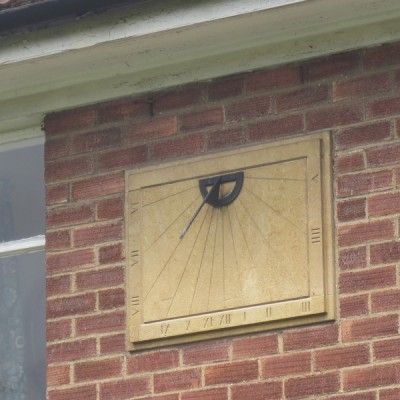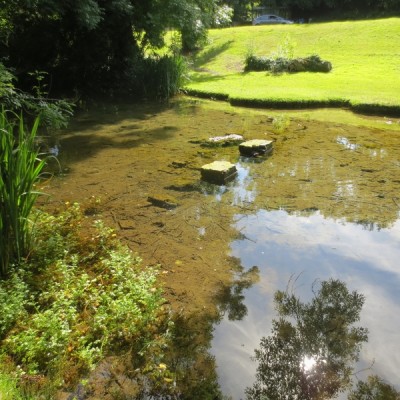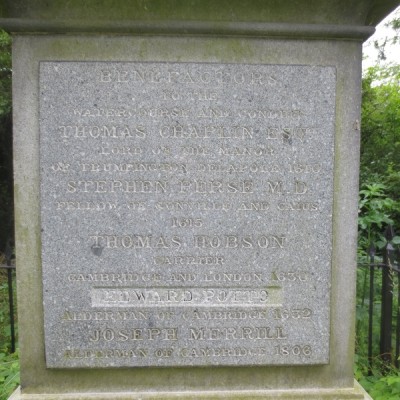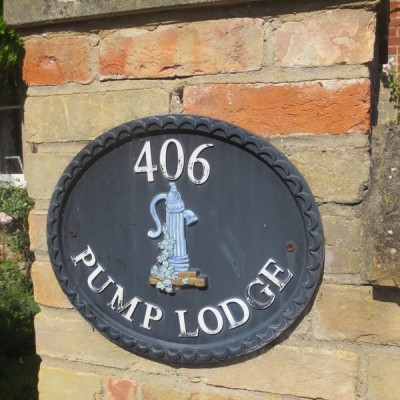Search by topic
- archaeology
- Building of Local Interest
- charity
- church
- crime
- dressmaker
- fire
- Great Eastern Railway
- Listed building
- Mapping Relief
- medieval
- oral history
- poverty
- Public House
- Rattee & Kett
- Religious House
- Roman
- scholar
- school
- Then and Now
- tudor
- women
- work
- world war one
- world war two
Search by text
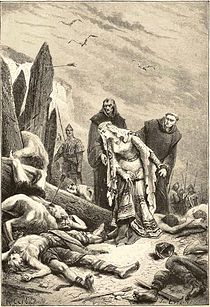
Queen Edith’s – an historical overview
Notes on the development of the area
Historical Overview
The best overview of the history of Queen Edith’s is the monograph by Jeremy Lander written in 2009 and revised in 2021:
https://drive.google.com/file/d/1AR8vRjzrOXZ0ML4D-743RCRj6EypcJb1/view
The British History on-line entry about Cherry Hinton parish also contains a useful overview of the Queen Edith’s area
http://www.british-history.ac.uk/vch/cambs/vol10/pp100-106
Recorded history of the area really begins in the 10th century C.E. Hinton, of which today’s Queen Edith’s was the western part, was one of five parishes in the Flendish hundred, which also included Fulbourn, Teversham and Horningsea. From 1836 all these parishes were included in the Chesterton poor-law union and from 1894 belonged to Chesterton rural district. In 1911, 338 acres of south-west Cherry Hinton (Queen Edith’s) were transferred to the borough of the city of Cambridge.
West of Hill’s Road however, the story is a little different, since it was traditionally part of Trumpington parish. From 1209 until 1809 the stretch of land between Long Road, formerly Mill Road, and Hills Road, once Hadstock Road, was a field called Little Kneighton. The Old English cyne tun meant royal manor. From 1344 until the Reformation it belonged to Haliwell Priory in Middlesex. Trinity College, the lay rectors of Trumpington, an initial endowment of the college founded in 1546 by King Henry VIII, acquired the land as a rectorial tithe allotment in 1809. Great Tithe Farm, later called Trinity Farm, was built very shortly after the 1809 Enclosure Award to the east of Sedley Taylor Road. The name Great Tithe related in this case to the dues of oats, wheat and barley previously paid to the church. (Cambridge Weekly News 1982)
The 1836 ordnance Survey Map of the area shows Hinton Cottage, the Great Tithe Farm, Red-cross, Nether Hall on Worts Causeway and The Lime Kilns. Cherry Hinton Road is clear with a few buildings in the vicinity of Cherry Hinton Hall and a short road off Hills Road, probably Blinco Grove.
Economic history
In 1592 the parish of Hinton had five open fields including Fendon field in the west and Quarry field in the south. In 1712 Fendon field had about 250 acres and Quarry field 160 acres. They were divided into strips, usually of less than an acre each. In 1806 an act was passed for the enclosure of these open fields and land awards were made in 1810.
Saffron was a significant crop in the area up until 1770. We also know that in 1592 Netherhall manor included a three acre orchard. In the early 19th century there were at least two orchards, one north-east of Queen Edith’s Way, another south-east of Cherry Hinton Road. Circa 1849-1900 there were four orchards and between 1910 and 1930 the acreage of orchards doubled to 31 acres.
In 1886 a cattle market was established on 18 acres at the western end of Cherry Hinton Road; there was also a tannery in this road from 1887-1904.
Many of Hinton village’s women worked in the laundry trade. According to the national census figures: 19 (1851), 34 (1861), 71 (1991) 93 (1891). The Cambridge Steam Laundry was founded in 1883 on a site north of Cherry Road just west of Cherry Hinton Hall.
The chalk pits initially dug in Roman Times were in the Middle Ages one of the main sources of clunch used in the building of churches and colleges. The chalk quarries at the north-east and north-west ends of Limekiln Road were dug until the end of the 19th century.
Sources: Victoria County History – Cambridgeshire
Contribute
Do you have any information about the people or places in this article? If so, then please let us know using the Contact page or by emailing capturingcambridge@
License
This work is licensed under CC BY-NC-SA 4.0







